THE SPFL RELEASED WHAT DERMOT DESMOND SAID TO BRENDAN THAT CAUSES THE EXIT,IT IS TERRIBLE
Brendan Rodgers returned to Celtic in the summer of 2023 for what was dubbed his second spell in charge of the Glasgow club. A manager who had previously delivered domestic trebles and built considerable goodwill among supporters, Rodgers was entrusted with leading Celtic into a “new era of sustained success”.
Initially, the path appeared smooth. Rodgers secured league titles, demonstrated progress in Europe and restored a sense of dominance domestically. Yet by the middle of the 2025 / 26 season, the tone had shifted dramatically. The club found themselves trailing in the league, eliminated from European qualifying, and under increasing criticism from fans and media alike. The mood: success was no longer guaranteed and tensions were mounting behind the scenes.
Rodgers himself had openly expressed frustration with the club’s transfer business, famously stating:
“There’s no way you’ll go into a race and be given the keys to a Honda Civic and say ‘…’”
Such comments, while colloquial, signalled a deeper issue: the manager believed he was being constrained in his ambitions, particularly in terms of recruitment and squad strengthening.
The explosion: Desmond’s statement and the end of Rodgers’ tenure
On 27 October 2025, following a damaging 3-1 defeat to Heart of Midlothian F.C. and trailing the league leaders by eight points, Rodgers tendered his resignation.
But the immediate aftermath is what truly captured headlines: minutes after Celtic released a basic announcement of his departure, Dermot Desmond published a scathing statement on behalf of the club’s leadership. In it, he criticised Rodgers in uncompromising terms:
- He acknowledged the contribution Rodgers made across his two spells, but stated:
“Unfortunately, his conduct and communication in recent months have not reflected that trust.” - He claimed that Rodgers misrepresented the club’s intentions around contract offers:
“In June … we expressed to Brendan that we were keen to offer him a contract extension … Yet … Brendan implied the club had made no commitment to offer him a contract. That was simply untrue.” - On transfers: Desmond insisted every player signed or sold was with Rodgers’ knowledge, approval and endorsement — and that Rodgers’ suggestions to the contrary were false.
- On atmosphere: “His words and actions … have contributed to a toxic atmosphere around the club and fuelled hostility towards members of the executive team and the board.”
- The structure of the club was defended:
“What has failed recently was not due to our structure or model, but to one individual’s desire for self-preservation at the expense of others.”
In short: Desmond publicly laid the blame for the breakdown squarely at Rodgers’ feet. The tone, the language, the choice to publish such a statement — all mark a rare and aggressive move by a club chairman/owner figure.
What lies beneath: unpacking the conflict
To understand why things reached such a combative end, several strands must be considered.
1. Expectations vs Reality
When Rodgers returned, the ambition was high: not just to dominate domestically, but to push into the deeper rounds of European competition. But a key stumbling block was the club’s summer 2025 transfer window, which Rodgers publicly flagged as inadequate. The Kairat Almaty (Kazakhstan) Champions League play-off exit and the subsequent poor domestic start only intensified scrutiny.
Rodgers’ “Honda Civic / Ferrari” analogy resonated widely because it appeared to confirm what many supporters suspected: the squad was under-equipped. But the board, via Desmond, countered that Rodgers had indeed approved recruitment. That dichotomy sparked the rift.
2. Public narrative vs internal reality
Desmond’s statement suggests that Rodgers’ public commentary diverged significantly from what the club claims was agreed internally. Rodgers implied minimal club support; the board says he had final say on football matters, substantial backing and had approved all signings.
This discrepancy is instructive. On one hand, Rodgers may have felt constrained by resources, timing or structure. On the other hand, the board felt undermined, misrepresented, and perhaps scapegoated. The formation of opposing narratives (“I wasn’t backed” vs “you approved everything”) indicates a breakdown of trust that extended beyond football into communications and culture.
3. Fan/board unrest and culture
Celtic’s fan base is passionate, demanding, and historically intolerant of perceived decline. By autumn 2025 the mood was sour: transfer windows had disappointed; European progress stalled; beginning of the season shaky. The board was coming under pressure. Rodgers’ public dissatisfaction arguably amplified that. Desmond’s wording about a “toxic atmosphere” and abuse aimed at executives touches on how the internal friction spilled outward into fan-expressed discontent.
4. The contract dimension
Rodgers’ contract situation further complicated matters. He was in the final year of his deal, yet publicly claimed no formal offer had been made. Desmond contradicted that, saying an offer or extension was on the table and that Rodgers implied otherwise in public.
Contracts bring a power dynamic. If the manager feels insecure, or believes the club will not back him for the long term, that can influence both performance and communication. Conversely, the board may interpret public questioning of commitment as destabilising. That tension appears to have helped ignite the crisis.
The ramifications — for Celtic, for Rodgers, for Scottish football
For Celtic
The immediate task for Celtic is damage-control. A manager has left mid-season under a cloud of internal conflict. The board’s public chastisement of Rodgers may help clarify accountability, but it also risks widening the rift between supporters and club leadership. Rebuilding unity becomes paramount.
The longer-term issue is whether the club’s leadership, culture and structure need change. If a manager of Rodgers’ calibre felt unsupported (whether factually or perceptually), the warning signs are significant.
For Brendan Rodgers
Rodgers leaves with major trophies and success behind him, but his reputation will now carry the stain of a public falling-out. The board’s narrative will influence how his second stint at Celtic is remembered: not just the trophies, but the breakdown. Future employers may weigh whether the public wrangle was driven by frustrations legitimate or self-inflicted — or both.
For Scottish football
This episode raises questions about the relationships between managers, boards and supporters in modern football. When communication breaks down, when trust evaporates, the fanbase suffers. The Celtic case will likely serve as a cautionary tale: success isn’t just measured in trophies, but in alignment, culture, and narrative.
Why the statement was so “terrible” (in one sense)
From a neutral vantage point, one can understand why many see the board’s statement as “terrible” (and not in a good way). Here’s why:
- It is rare for a club’s leading shareholder to publicly and explicitly criticise a manager so thoroughly at departure. The tone is visceral: “misleading, divisive, self-serving … toxic atmosphere” isn’t standard exit-language.
- It exposes internal disputes to public view. While some transparency is inevitable, the breadth of the criticisms suggests deep dysfunction behind the scenes.
- It shifts the public narrative. Rather than focusing on what went wrong on the pitch, the statement thrusts club governance, culture and internal communications into the spotlight.
- It risks alienating the supporters. Celtic fans are emotionally invested. Some will side with Rodgers, others with the board. A public fight between high-profile figures can fracture the fan-club relationship. Indeed, some supporters on discussion boards described the statement as humiliating.
Thus, whilst the statement might have been intended to protect the club’s institution, its execution arguably made matters worse in the short term.
What next for Celtic
Following Rodgers’ departure, Celtic appointed Martin O’Neill and Shaun Maloney as interim managers. But beyond the stop-gap, the club faces key strategic questions:
- Managerial recruitment: Will they seek a high-profile manager immediately, or take a more measured build-up?
- Recruitment & squad strategy: Has the “Honda Civic”-vs-“Ferrari” rhetoric already damaged trust within the club? Can the recruitment approach align better with messaging and expectations?
- Communication and culture: The statement highlighted a fault-line. Can Celtic rebuild internal alignment — between board, management, players, supporters — to avoid public disputes?
- Supporter relations: Re-establishing a united front is critical. Bridging the gap between leadership and fans, and ensuring message consistency, will be part of the rebuilding process.
Final thoughts
The exit of Brendan Rodgers from Celtic didn’t just mark the end of a successful managerial spell — it exposed a deeper fault-line within one of Scotland’s biggest clubs. Dermot Desmond’s statement was less a polite farewell and more a wholesale public indictment. Whatever the truth of the internal disagreements, the optics are ugly.
For Celtic, the challenge now is two-fold: regain performance on the pitch and restore coherence off it. For Rodgers, the challenge is to manage the fallout and ensure his legacy is remembered in full — not just the trophies, but also the manner of his exit. For football in Scotland, the episode underscores that leadership and culture matter as much as strategy and transfers.
In a sport often characterized by internal politics, this may stand as one of the more striking examples in recent memory of how quickly success can unravel when trust breaks down, narrative diverges and public statements become weapons.
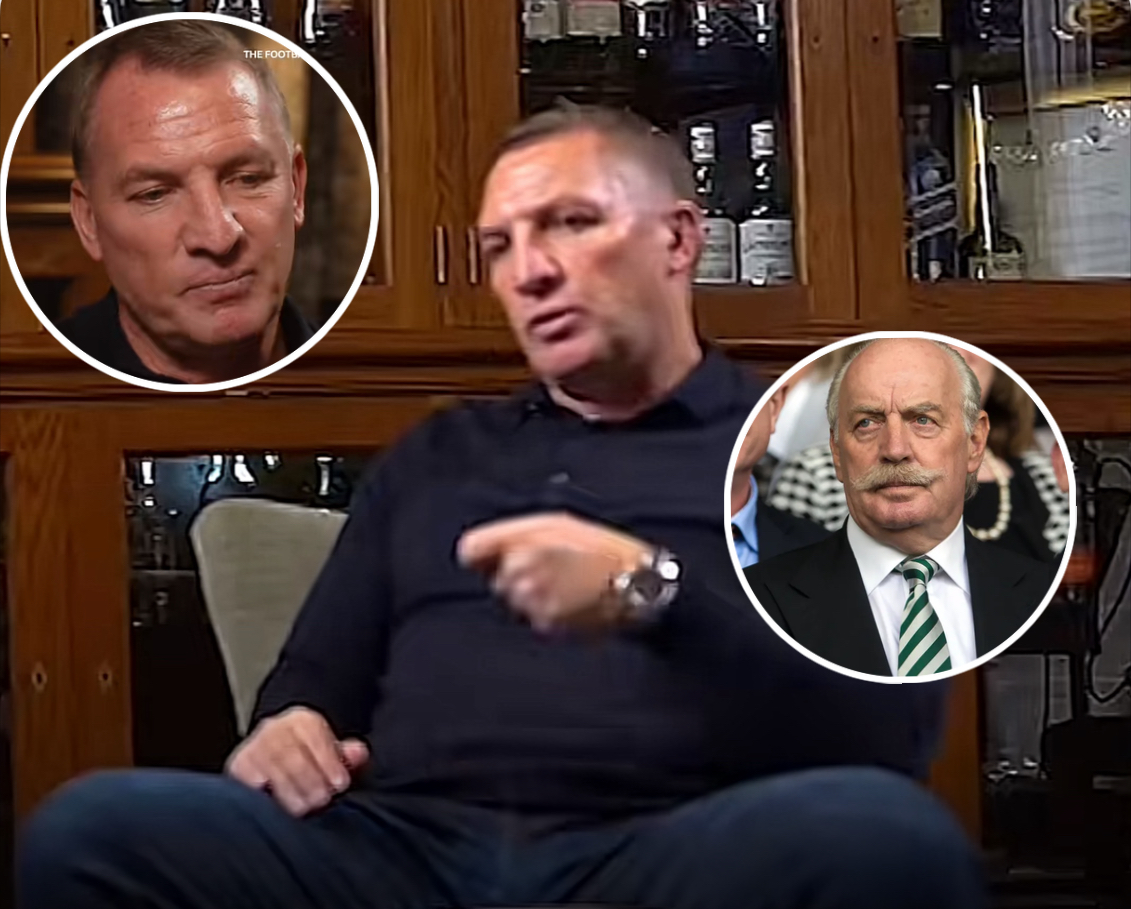
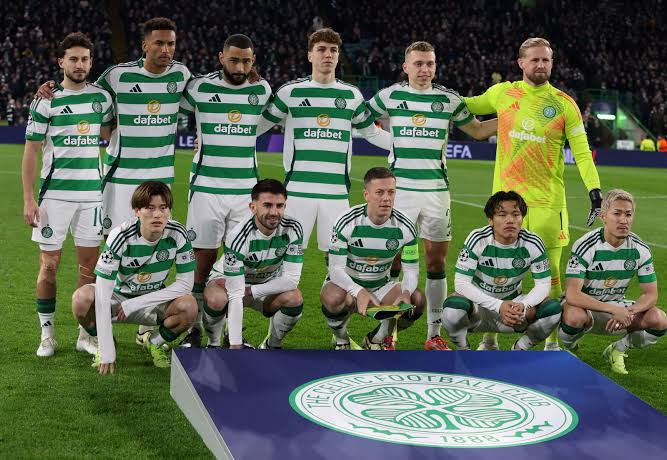

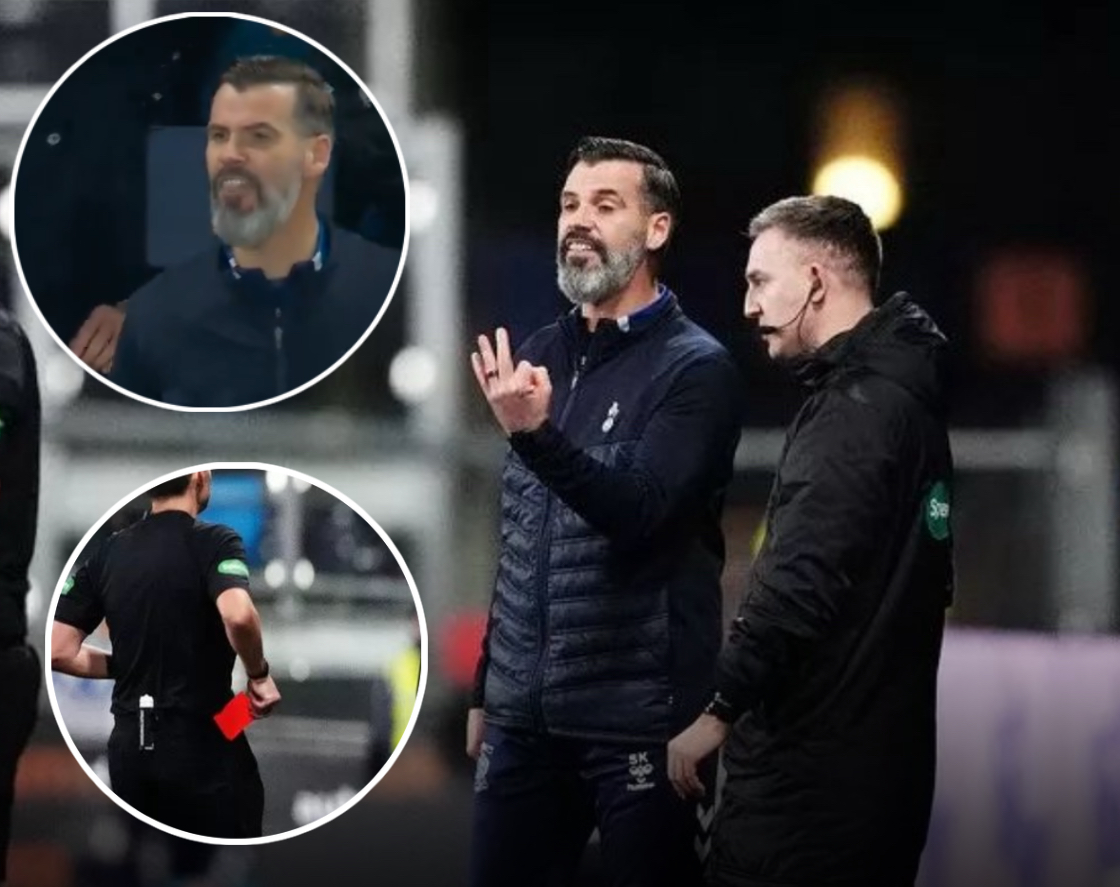
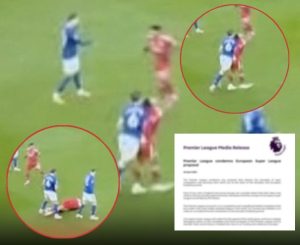
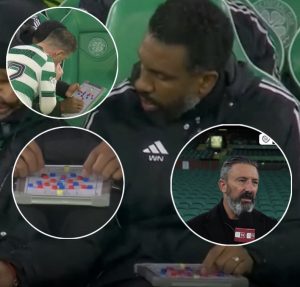
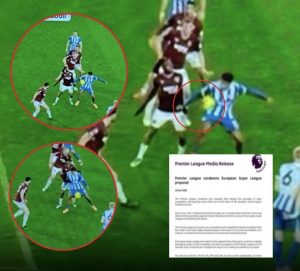
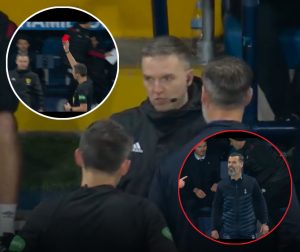
Post Comment